 LOCAL NEWS
LOCAL NEWS
TRUCKEE, Calif. – Truckee resident Daniel Feldman grew up snacking on popcorn, more so than the average person. It was a nightly snack for him and his dad.
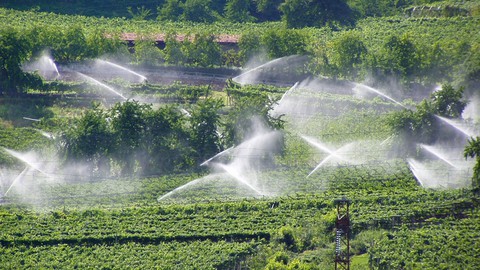
Even though California faces serious water shortages, the Legislature’s analysts recommend weaker outdoor conservation requirements and longer deadlines for urban water agencies.
 LOCAL NEWS
LOCAL NEWS
Looking back, it might sound crazy for a new restaurant to look at opening its doors during the COVID year of 2020. But, that's just what co-founder and Executive Chef Brandon Kirksey and business partner David Steele did when they …

Hunger and food insecurity have become persistent problems in California. With the world’s fifth-largest economy, what steps can we take to make sure that everyone has enough to eat?
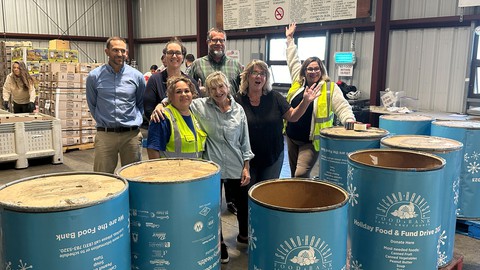
Second Harvest Food Bank Santa Cruz County CEO Erica Padilla-Chavez looks at food insecurity as a symptom of an underlying disorder—one that can be cured.
 LOCAL NEWS
LOCAL NEWS
Peppers
Peppers has opened with a new Mexican menu adjacent to Pete N Peters in Tahoe City. The menu features a selection of tacos, burritos, burrito bowls and nachos with a choice of chicken, meat and cauliflower fillings. The menu …
 LOCAL NEWS
LOCAL NEWS
Fresh produce at the indoor Tahoe Farmers Market at Boatworks Mall. | Katherine E. Hill
I recently ran into a local store to purchase organic chard. The leafy greens were limp, a clear sign that the vegetables were past their …

The United Farm Workers, which represents nearly 7,000 workers, won a unionization vote in Stanislaus County. It’s the first such win in six years and first under a law that went into effect in May.
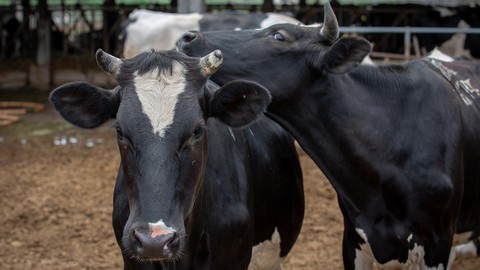
California grants climate credits for fuel made from cow manure, but there’s a paradox: The state’s program encourages collection of methane yet promotes natural gas.
 LOCAL NEWS
LOCAL NEWS
For Truckee locals Dustin Hurley and Nick Chmell, conversations about starting up a brewery while on snowmobiling trips fueled the friend's desire to open up one of their own. At the time, Alibi's Public House...
 LOCAL NEWS
LOCAL NEWS
Epicurean delights await this fall Fall is the perfect time for hiking, mountain biking and taking in the fall colors in the Tahoe Sierra. But it’s also a favorite time to enjoy dining out and it’s the season for some …
 LOCAL NEWS
LOCAL NEWS
Burgers are the perfect thing to eat after a long hike, bike ride, skiing, snowboarding or golfing. Burgers can be a hangover cure, gut bomb or protein-packed patty sandwiched between a bun that fuels you through the day. A burger …
 LOCAL NEWS
LOCAL NEWS
There's nothing like spending the day hiking, biking, boating, or shopping and then relaxing at a restaurant or bar with a refreshing cocktail. What makes it even better, though, is having that cocktail with a...
 LOCAL NEWS
LOCAL NEWS
Did you know you can tell time from your shadow? Slow Food volunteer Michael Raffaeli does. And he wasted no time sharing with a reporter from the Sierra Sun, on her first day on the...
 LOCAL NEWS
LOCAL NEWS
Sometimes a person comes to Lake Tahoe, falls in love with it, and comes up with an idea that takes off and turns into a beloved staple in the community that lasts for decades. A...
California Forever, the company backed by billionaire Silicon Valley investors that wants to build a new city in Solano County, has posted a new website in an attempt to start a "conversation" about the massive project.
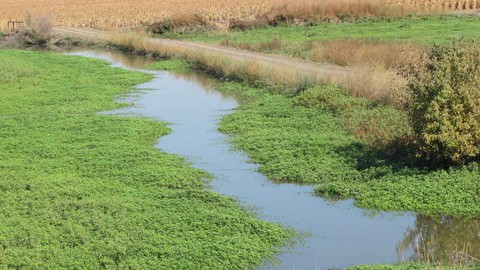
Since the Gold Rush era, land reclamation projects have helped to build California, but they are also damaging the state’s environment for people, plants and animals by eliminating essential wetlands.
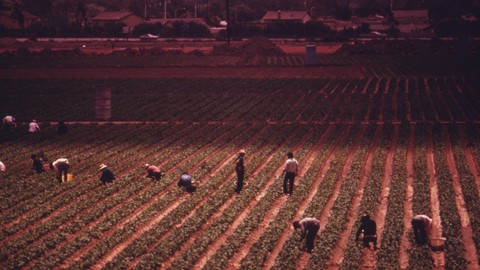
U.S. Sen. Alex Padilla and the United Farm Workers union say a recent death in a tomatillo field was due to heat, but a coroner’s report doesn’t back that up.

California has used reclamation districts to turn millions of acres of unusable swamps into fertile agricultural land, starting in the earliest days of the Gold Rush. Here’s how it happened.

A workers comp study says one day above 100 degrees can cause 15 percent more accidents, costing workers and employers millions. A new advisory panel may help the state improve its work heat rules.